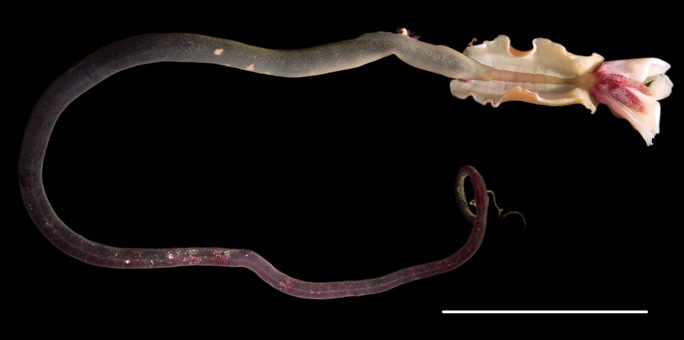It is an oft-told tale that the most famous biological discovery of the late 20th century was made by geologists. In the spring of 1977, a cabal of bearded American oceanographers made the first daring submersible dives to a deep-sea hydrothermal vent in the east Pacific ocean and filmed, photographed and collected the biology that would make them famous. But it was no ignominy for the biology community; uninvited on that first expedition they went on to lead the majority of research at vents over the next three decades.
Over 35 years on, it is the geology which may now turn attention back to the deep sea. In 2011 the government of Papua New Guinea granted the world's first deep-sea mining lease to a Canadian corporation to extract copper and gold from a hydrothermal vent field. In March 2013, the UK Prime Minister announced UK government support for the mining of polymetallic nodules in the central Pacific ocean at depths of 4000m.
This talk summarises our current understanding of biodiversity at deep-sea hydrothermal vents, and compares it with the soft-sediment, muddy habitats that dominate the rest of the deep seafloor. Dr Adrian discusses the potential impacts of deep-sea mining and the importance of biological data and outlines some of the very newest results from an expedition this year to the Cayman Trough, the worlds deepest hydrothermal vent, that lies in an exclusive economic zone of the United Kingdom.
Images
Vent Fauna (Main image)
Life at hydrothermal vents depends on a chemical supply of energy in the hydrothermal fluid. Here, abundant bacterial growth over the surface of the vent chimneys is fuelling what is termed a 'chemosynthetic ecosystem'. The bacteria are the glowing white filamentous strands, which use sulphide as a fuel source. Image credit: ROV Isis, Natural Environment Research Council, UK.

Beebe Vent:
Beebe Vent Field at 5000m depth in the Caribbean Sea. The world's deepest hydrothermal vent, named after the explorer William Beebe and discovered by a UK oceanographic cruise in 2010. This image was taken in February 2013 using the UK's remotely operated vehicle Isis. Image credit: ROV Isis, Natural Environment Research Council, UK.

Tubeworm:
Some large organisms such as this 40cm long tubeworm, here dissected from its tube, can feed directly from the hydrothermal fluid by using specialist sulphide-eating bacteria housed within the body wall. Image credit: Adrian Glover, The Natural History Museum, London.
Speaker
Adrian Glover (Natural History Museum)
Dr Adrian Glover is a Researcher at the Natural History Museum, London specialising in deep-sea biology. His research ranges from the taxonomy of microscopic polychaete worms to the ecology and evolution of life at hydrothermal vents and the muddy abyssal plains. He has taken part in numerous deep-sea oceanographic cruises around the world including the Pacific, Atlantic and the Antarctic oceans.
http://twitter.com/adrg1
http://www.nhm.ac.uk/research-curation/about-science/staff-directory/life-sciences/a-glover/index.html